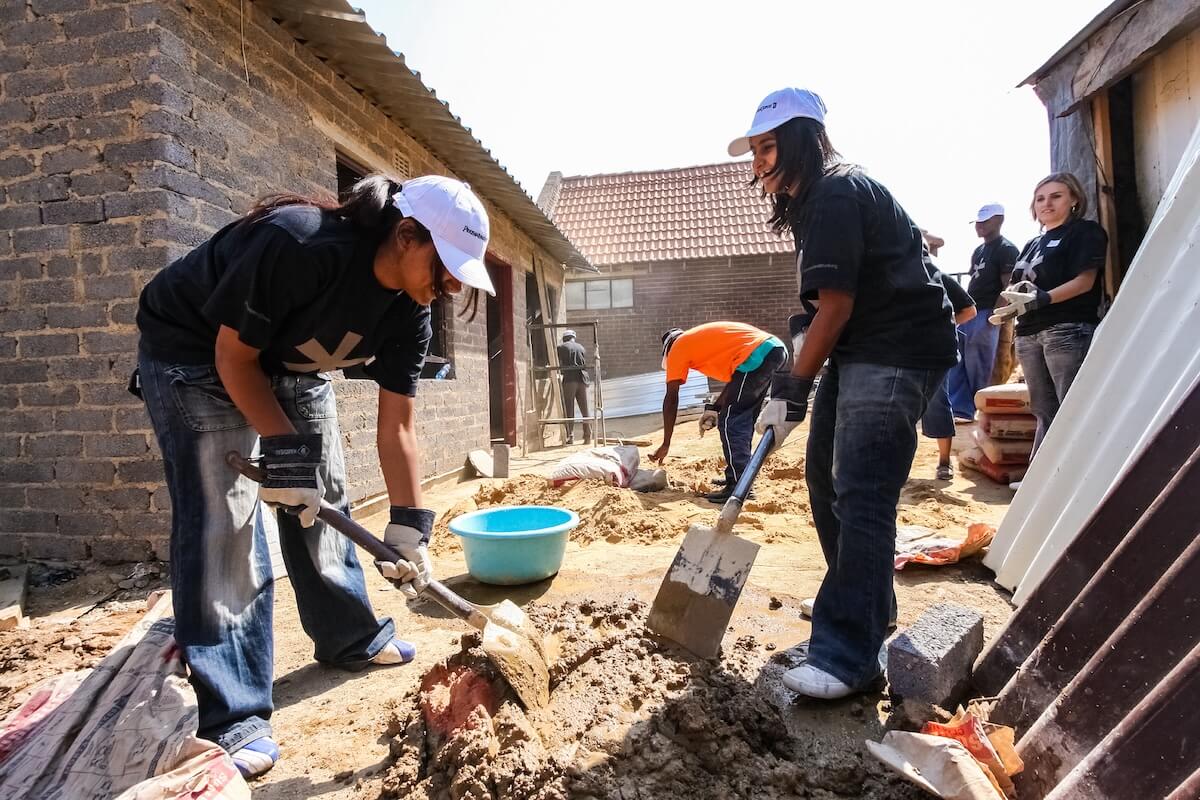ImpactAlpha, May 21 – Community development financial institutions are an overnight sensation 30 years in the making.
As the depth of the COVID crisis becomes clear, community development financial institutions are ‘having a moment’ as a financial lifeline for small businesses and nonprofits in low-income, rural and minority communities.
But if the crisis has shown the importance of “CDFIs,” it has also exposed their fragility.
Despite their long track record, many CDFIs – like their borrowers – are strapped for capital. Structural constraints have limited their financial capacity even as many CDFIs have demonstrated the strong financial performance, and social impact, of their lending and business support.
Many CDFIs were heroic in mobilizing quickly to process Paycheck Protection Program loans for thousands of small businesses outside traditional banking channels. The network of community banks, credit unions and other CDFIs, built over decades, will be even more crucial in providing financing as many of those businesses seek to revamp their businesses in order to re-open and recover.
ImpactAlpha’s Agents of Impact Call No. 17 will explore some of these new financial structures. A “Community Recovery Vehicle” under development by Minneapolis-based Community Reinvestment Fund and Calvert Impact Capital in Bethesda, Md. would provide a common pool to buy loans from local CDFIs to increase their liquidity and expand their ability to make new loans.
“In the Great Recession, poor communities got poorer and we’re at risk of going through the same thing again,” Calvert Impact Capital’s Beth Bafford told ImpactAlpha. “CDFIs are extremely important pipes, but very tiny pipes. How do you most effectively activate these pipes? How do you create infrastructure that plays to everyone’s strengths?”
How community banks and local lenders are bridging racial gaps in COVID recovery
Balance-sheet solutions
The centerpiece of the Community Recovery Vehicle design is a special purpose trust that would buy loans from the CDFIs to take them off their balance sheets and free up capital for further lending. The trust would hold 95% or more of the loan, with CDFIs retaining the remainder.
A $100 million recovery product was pilot-tested in Chicago in late March with Accion Chicago and Community Reinvestment Fund. More than three times that loan amount was requested.
CRF and Calvert are looking to scale the model up into a $1 billion national COVID-19 impact fund and platform. The big prize: a $20 billion federally funded special purpose vehicle that could supercharge CDFIs for the COVID recovery and beyond.
The model relies on a blended capital stack with first-loss equity – catalytic capital – provided by government or philanthropies. A tranche of low-cost junior debt could be supplied by family offices, foundations or even retail investors. Commercial banks would supply the bulk of the capital in the form of senior debt.
The initiative builds upon Community Reinvestment Fund’s technology platforms that already are used by many CDFIs. That includes a front-end “intake” portal for borrowers to ensure applications are standardized across multiple institutions. An algorithm would match the applications by type and geography to appropriate CDFIs in a sort of online marketplace.
The goal, says Bafford, is to leverage the skills and resources of CDFIs and their partners “to create something much bigger.”
How Ceniarth is seeking higher impact on rural livelihoods – while preserving its own capital
Policy headwinds
The steep challenges facing efforts to expand community capital in the U.S. became a little steeper Wednesday with hastily prepared revisions to the Community Reinvestment Act that provides CDFIs with much of their funding. New regulations from the U.S. Office of the Comptroller of the Currency, or OCC, a key bank regulator, rewrite the complex formulas that have driven CRA funding for decades.
The revisions “threaten to undermine the bedrock of community investment activity in the United States,” said U.S. Impact Investing Alliance’s Fran Seagull. The new rules, for example, allow larger deals to qualify for CRA credits and place less emphasis on their quality or community benefit. Notably, the two other banking regulatory bodies, the Federal Reserve and the Federal Deposit Insurance Corp, declined to support the new rules.
The CRA law, introduced in 1977, was a response to banks’ redlining practices. CDFIs have become key intermediaries for banks to fulfill their CRA requirements, as the banking industry has consolidated and moved away from low-income and rural communities. The CRA requirements back nearly $500 billion a year in loans, investments and services.
Will low-income and communities of color again fall through the cracks of small-business relief?











